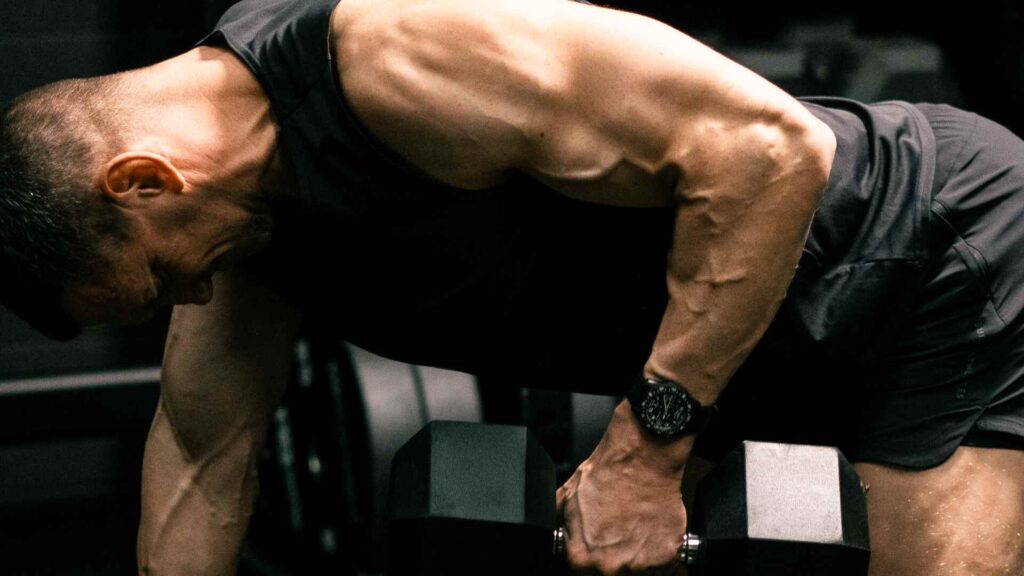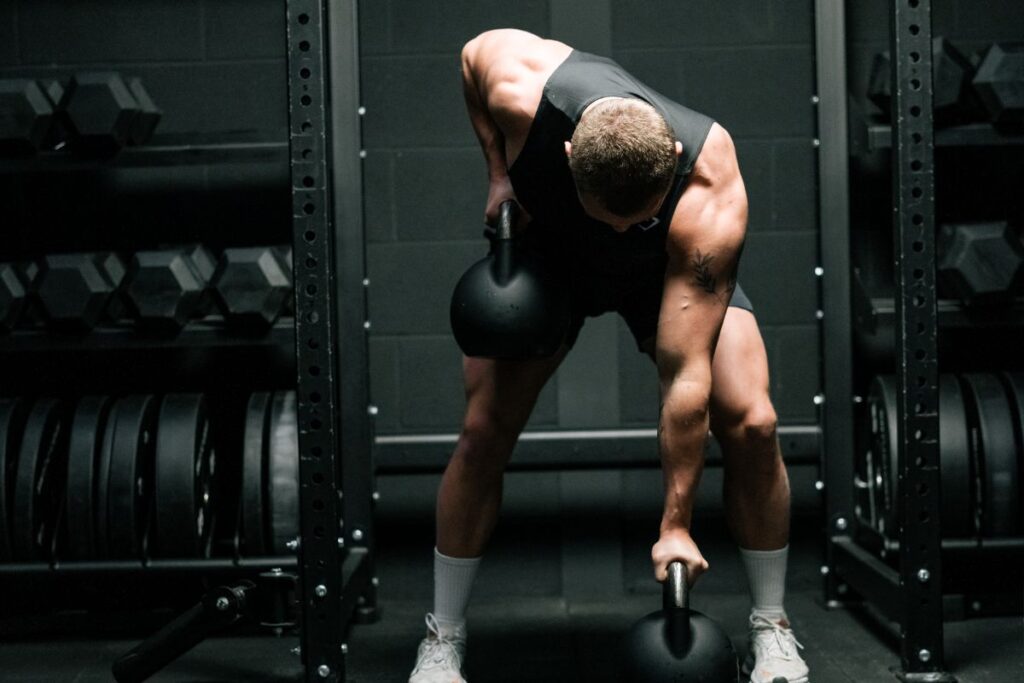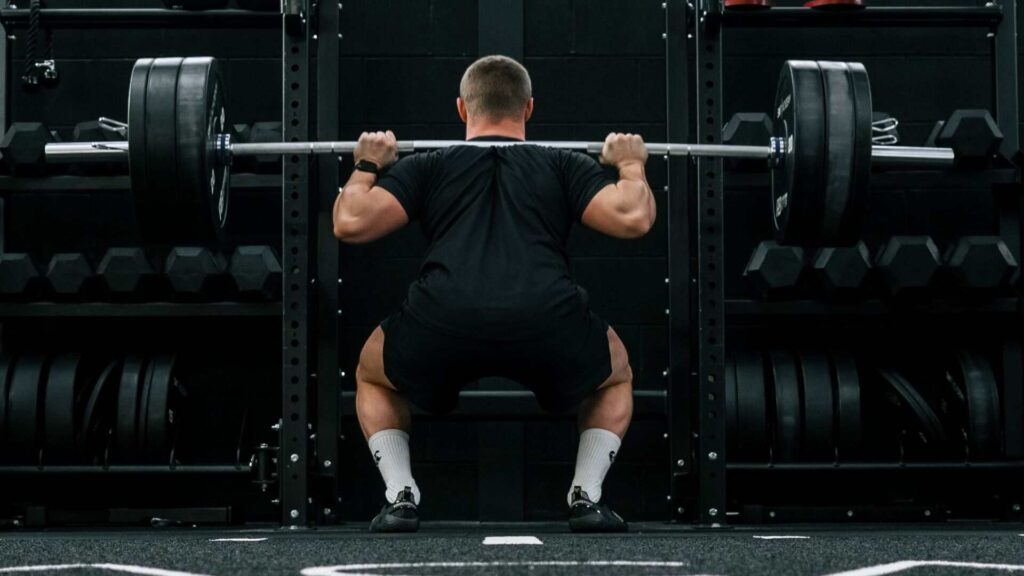From Louis Rees-Zammit running down the Welsh wing to Thomas Du Toit anchoring the South African Scrum, strength and conditioning in rugby can be a simple yet complex element to the great game.
There is little debate that strength and conditioning play a major role in the success story of sports teams; however, in sports like rugby, where sheer physicality and athletic excellence are direct contributors to success, the focus on finely tuning athletes is increasingly in the spotlight.
Thanks to the fifteen positions on a team, rugby is seen as a diverse sport that can accommodate a multitude of different physical constitutions. The double World Cup winners, South Africa, provide a perfect example of this.
Whilst both Second Rows weigh in around 120kg and 6 ft 8, the wingers are drastically smaller, standing nearly a foot shorter and up to 50kg lighter. The diversity on display offers a fantastic spectacle, and long has rugby been applauded for its variety in player size.
Despite the perceived variability on display in terms of weight and height, one thing can’t be argued: professional rugby players are physically gifted individuals. Whether it’s top speed, strength, power, core stability, or all of the above, these individuals are some of the finest athletes on the planet.
So, the question everyone is asking … how did they get there? Were they born gifted, had a lucky break, or have they devoted many hours shaping their physical make-up to become a beast on the pitch?
Key Elements of Strength and Conditioning for Rugby
Whilst there are elements of rugby players’ physiology that are genetic, things like strength, aerobic capacity and power output are something which is constantly being improved to help them succeed on the pitch.

Whilst the skills in rugby are definitely something that need to be exceptionally well crafted and can be the main basis to being a great player, the basic physical requirements can be broken down into 4 main subcategories.
It’s worth mentioning that players need elements of all four, but often the finest players have exceptionally well-rounded abilities in all categories. Players like Duhan Van Der Merwe are strong, fast, explosive, and able to continually repeat such high-intensity efforts.
You’ll notice how all of these link into each other. Whilst they’re not mutually exclusive, there are strong links between each one, promoting the other.
1. Strength
Strength is defined as “the maximum force a muscle or a muscle group can apply against resistance” and when we look at rugby, the need to constantly apply force is obvious to see.
Making a big hit in defence, influencing a turnover at ruck time or fending a defender aside to make a line break. We are always applying force when we play, and the more you can apply, the more of an asset you are to your team.
Whilst there are a multitude of ways to increase our strength, focusing on the big compound lifts like bench press, squats, and deadlifts is a simple way to build our strength, these movements are easy to progress and load up, and a focus on these can help us to see big improvements in our strength.
Focus on a low rep range (1-6), take 1-3 mins between reps, and focus on progressively increasing your numbers. It’s important to mention that doing all of these lifts in the same session may be detrimental to you, so it’s important to look towards a more structured program which incorporates things like recovery, accessory work, prehab, and proper periodisation.
For more on this, look at the number of rugby training programs we have on offer, designed for athletes who want to take their game to the next level with elite-standard strength and conditioning.
2. Speed
Cheslin Kolbe, Damien Penaud and George North are all extraordinarily fast on the pitch and their ability to cover distance in a miraculously short amount of time is something which is often marvelled at by fans across the world. The term speed can sometimes be misleading, whilst straight line speed in rugby is important, the ability to change direction whilst maintaining such speed is perhaps a more advantageous trait when it comes to speed.
All of these players (especially Kolbe) are not only exceptionally fast but are also able to direct such speed in a number of different directions with deception and disguise. Despite the widely held belief that speed is down to someone’s anatomical physiology (body make up), looking at the 3 examples given above it seems as if speed is something which can be developed.
Kolbe (5ft8), Penaud (6ft2), and North (6ft4) are all at completely different ends of the height scale, however, are closely linked when it comes to their speeds.

Rugby Players’ Speed Training
Training our speed can be done on the pitch and in the gym, sled pulls, jumps, and even some lower body lifts can help to push us from slow and sluggish to relentless and rapid. There are 100s of scientific things that contribute to making someone ‘fast,’ but the majority come down to the amount of force we can produce with our lower body.
Without this turning too much into a physics lesson, an increase in our speed is determined by having a greater ground force than we previously did. It’s important to work on our running technical aspects, simply moving our legs and arms faster won’t promote absolute speed gain; instead, it may tire us out quicker.
Yes, we want to be faster, but we also want to be efficient. Regularly hitting top speed in training allows our body to adapt to an increase in lactic acid, meaning you can run faster, for longer. So, if you’re not already, get sprinting.
3. Power
Power is an interesting one; most people, when asked about power, can’t really separate it from strength. You’d assume all strong people are powerful; however, this isn’t strictly true. While strength is simply the ability to move something heavy, power is defined as moving that same heavy object in the shortest amount of time.
Rugby players are great examples of power, the ability to apply force in the fastest possible way in order to make effective contributions on the pitch.
How to Train for Power
Training for power can be done by using our strength to complete explosive, game-like movements. The landmine press is a good example; by projecting the barbell up one-handed and diagonally, it replicates a similar movement to that of a hand off.
Developing our power can be done by using the same movements as strength, instead of simply trying to move the most weight as possible, we are now trying to move it for velocity (as fast as possible). Take a bench press, for example, an explosive bench press would involve a rapid concentric (upwards) portion of the lift, focusing on developing our power output.
About 30% of our 1RM is needed to develop our power; using too heavy a weight can’t elicit the right response from our muscles. A rep range of about 6-12 reps generally would be the right amount to develop power, having too little amount of reps would see the weight being too heavy, and conversely, too many reps would not allow us to continuously project power.
4. Anaerobic capacity/VO2 Max
When thinking of our VO2 max or Aerobic capacity, we don’t necessarily think straight away of rugby players. Whilst endurance in rugby isn’t as essential as it is for a 10,000m runner, it is still the backbone for being able to play for 80 minutes.
Simply speaking, your VO2 max is the maximum amount of oxygen you can access when at your maximum output.

What Distance Does a Rugby Player Run In a Game?
A recent study found that professional rugby players cover between 3- 7 km (position dependent) per game, whilst these distances are covered at various speeds throughout 80 minutes, the energy expenditure means rugby players need to be able to cover ground throughout a game. Interval training and runs can be our best friend when looking to build our aerobic capacity, and can be a fantastic aid; after only a few sessions, you’ll find your capacity ceiling grows.
In positions like scrum half, outside half, and full back, being able to run long distances is paramount to shaping your team’s attacking structure and dictating a game. Something as simple as running 400m every 3 mins for 30 mins is a perfect example of how to boost your ability to cover miles and stay out on the pitch for longer.
Conclusion
It goes without saying that having a great capacity in all of the above categories (alongside a good skill set) should see you playing at a decent level.
Professional players, whilst they are good in all of these capacities, are exceptional in one or two. Tadgh Furlong, for example, would be comparatively quite slow in comparison to the average amateur winger; what he does have, however, is exceptional strength and power. Here we are talking about traditional gym strength, but also rugby-specific strength.
Such strength allows him to anchor his sides scrum and sees him held in very high regard in the world rugby environment. Our best advice to you is to focus on the things that are going to improve your performance. Bringing our all-around levels up so we are well-rounded players is important, but being specific on some areas that will make us exceptional can offer us the most development.
You’ll also be happy to hear that once one begins to increase, the others naturally begin to follow; a development in strength simply means we can exert more force, such force can in turn help to develop our speed and power. It really is a no-brainer to develop yourself. Put in the hard work now and reap the rewards on the pitch.
How SW7 Can Help
Whether you’re a budding athlete, a weekend warrior, or simply someone looking to improve your overall health and fitness, the principles used to condition elite rugby players can be adapted to suit your personal goals. By incorporating structured training, consistency, and a clear understanding of your body’s needs, you too can unlock your physical potential – regardless of your starting point.
Our online fitness memberships & programs are specifically designed for people who want to take control of their health but may be unsure of where to begin.
Check out our online training programs, or email us at [email protected] ro learn more about how we can help you start building a stronger, healthier future today.
